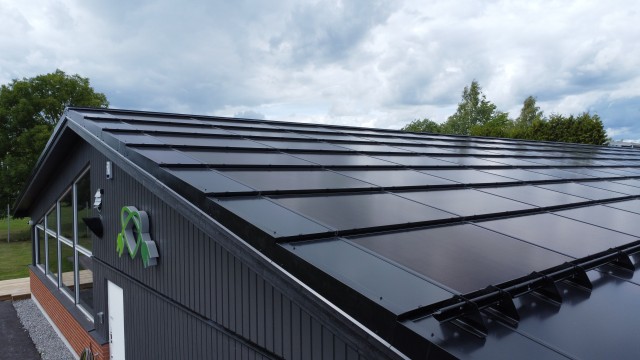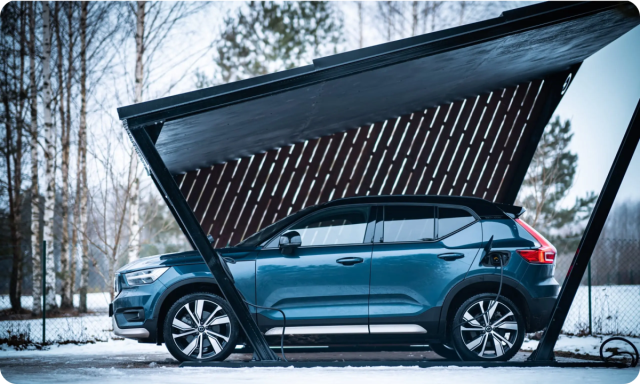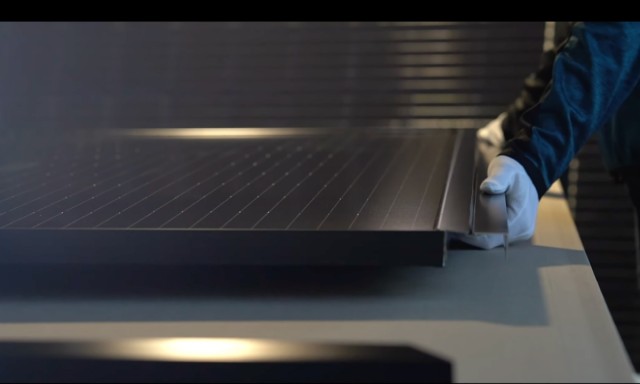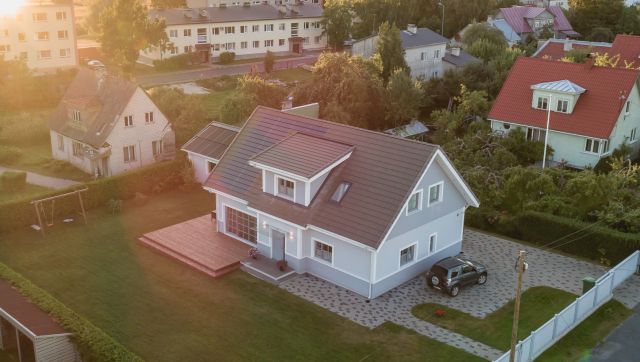Solarstone Proves Reliability in BIPV Roof Water-Leakage Testing
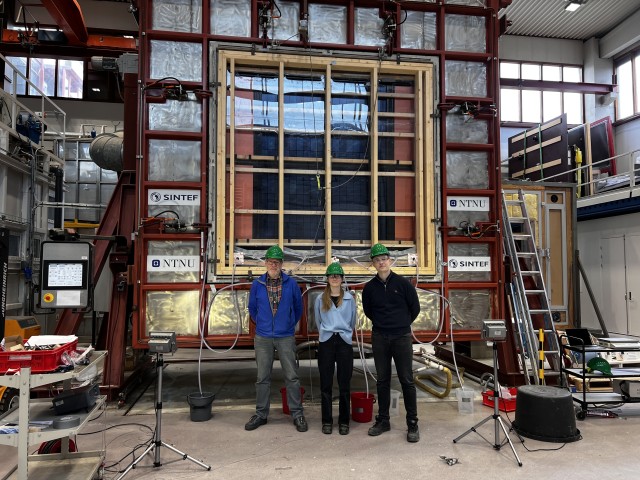
Earlier this month, our Solar Full Roof solution faced one of its toughest challenges yet—an independent water-leakage test pitting us against two fellow BIPV manufacturers. From May 5–7 in Trondheim, Norway, at the Norwegian University of Science and Technology (NTNU), Solarstone was invited to participate in a master’s thesis study on BIPV roof water tightness. NTNU, renowned for its collaboration with SINTEF (one of Europe’s largest independent laboratory networks), has a long history of research into BIPV regulations, leaks, and even social acceptance of solar-integrated roofs and façades.
At NTNU’s state-of-the-art lab, the test took place inside a large steel “rawi-box” capable of simulating Scandinavia’s harshest weather conditions. Here’s how it worked:
1. Gentle Rain Simulation – The roof was set at a 90° angle under 0 Pa pressure, replicating a near-vertical downpour.
2. Storm Conditions – Pressures ramped up to 800 Pa, with the roof tilted downwards by up to 6°. This reflects hurricane-force winds and sideways driving rain. (Although the rawi-box can reach around 1,100 Pa, structural elements begin to separate at those extremes, so the lab caps tests at 800 Pa.)
A reference table from the lab correlates each pressure level with real-world phenomena—everything from heavy rainstorms to tornadoes.
Having built our own in-house water-leakage system at Solarstone with continually evolving test protocols, we appreciate the value of pushing boundaries. Year after year, we refine our product by asking, “How can we make it even better?” The NTNU/SINTEF collaboration gave us invaluable third-party insights.
Outstanding Results
Among the three BIPV participants (one Norwegian, one British, and Solarstone), our Solar Full Roof emerged strongest—often performing twice as well as the competitors. We passed every NTNU test, confirming that our meticulous R&D and A+A+A+ in-house testing regime (IV curves, EL imaging, bypass-diode, HiPot, insulation resistance) translate to real-world durability.
What This Means for You
· Absolute Peace of Mind: You’re investing in a roof that stands up to Scandinavia’s toughest wind-driven rain and hurricane-like forces.
· Continuous Improvement: Our R&D team captured new data to further optimize the product before it goes into mass production—because in a great company, product development never stops.
· Smart vs. Standard Roofs: With evidence like this, it’s clear that choosing a traditional BAPV system—or any roof without integrated solar—is short-sighted. Solar Full Roof combines the protection you expect with immediate energy savings and proven leak resistance.
We’re thrilled by these results and excited for the next chapter in BIPV innovation. Stay tuned for more updates as we integrate NTNU’s findings into future production runs and continue to push the envelope of solar roof technology.
